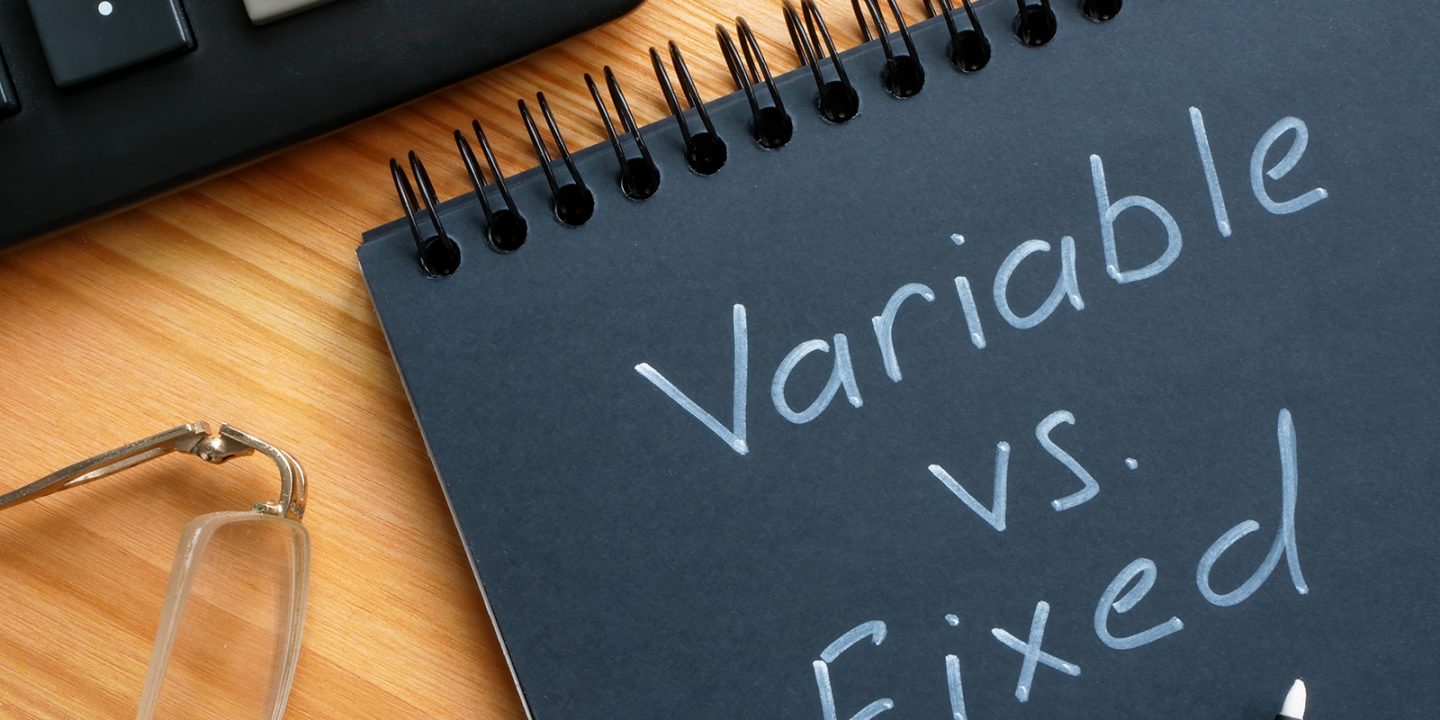
When it comes to mortgages, the terms “variable rate” and “fixed rate” refer to the interest rate structure that determines how the interest on the loan will be calculated and repaid. Here’s a breakdown of the key differences between variable rate and fixed rate mortgages:
Fixed Rate Mortgage
A fixed rate mortgage is a type of loan where the interest rate remains the same throughout the entire term of the loan, providing stability and predictability in monthly mortgage payments. The key features of a fixed rate mortgage include:
Consistent Payments: With a fixed rate mortgage, your monthly mortgage payments remain unchanged for the duration of the loan, regardless of any fluctuations in the broader interest rate market.
Budgeting Certainty: Since the interest rate remains fixed, it is easier to budget and plan for your mortgage payments, making it suitable for individuals who prefer a predictable payment structure.
Higher Initial Rate: Fixed rate mortgages typically have higher initial interest rates compared to variable rate mortgages. However, they offer protection against potential future interest rate increases.
Term Options: Fixed rate mortgages are available in various term lengths, commonly ranging from 25 to 30 years. Borrowers can choose the term that aligns with their financial goals and preferences.
Variable Rate Mortgage
A variable rate mortgage (also known as an adjustable rate mortgage or ARM) is a loan where the interest rate is subject to change over the term of the loan. The key features of a variable rate mortgage include:
Fluctuating Payments: With a variable rate mortgage, your monthly payments can vary over time as the interest rate adjusts. The rate adjustments are typically based on a specified benchmark, such as the prime rate or the LIBOR rate, and are subject to periodic adjustments.
Initial Rate and Adjustment Period: Variable rate mortgages often start with an initial fixed rate period, such as 3, 5, or 7 years, during which the interest rate remains fixed. After the initial period, the interest rate adjusts at specific intervals, such as annually or every few years.
Market Dependent: The interest rate of a variable rate mortgage is influenced by prevailing market conditions and fluctuations in the broader interest rate market. As a result, your mortgage payments can increase or decrease depending on changes in the interest rate index.
Potential Savings or Risks: Variable rate mortgages offer the possibility of lower initial interest rates compared to fixed rate mortgages. However, they also carry the risk of future rate increases, which can result in higher mortgage payments.
It’s important to carefully evaluate your financial situation, risk tolerance, and long-term plans when choosing between a fixed rate and variable rate mortgage. Consider factors such as your budget, interest rate outlook, and how long you plan to stay in the home. Consulting with a mortgage advisor or lender can provide personalized guidance and help you select the mortgage option that best suits your needs.







